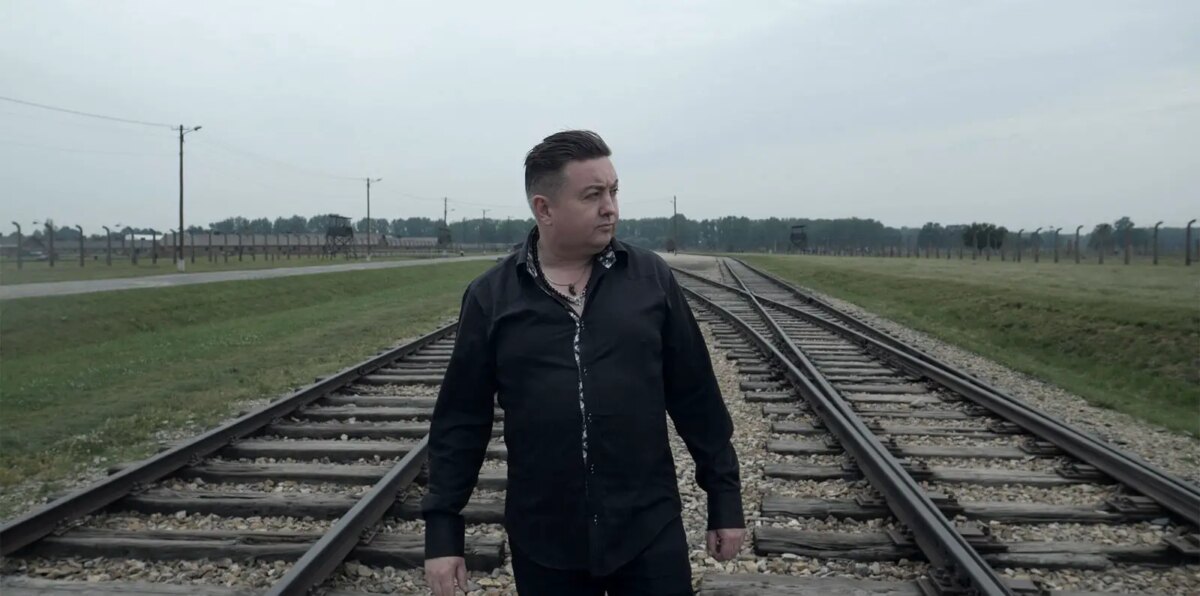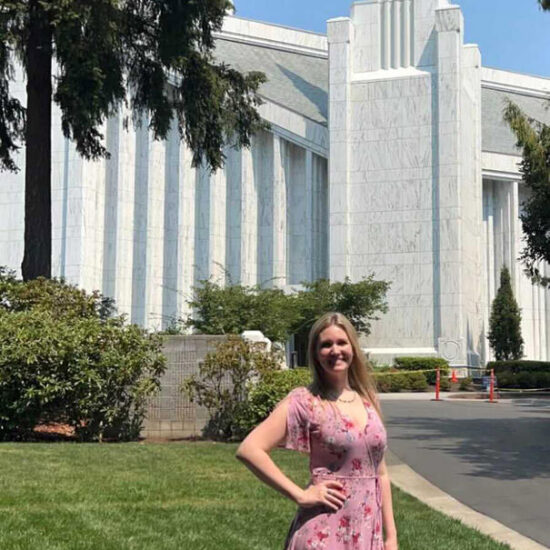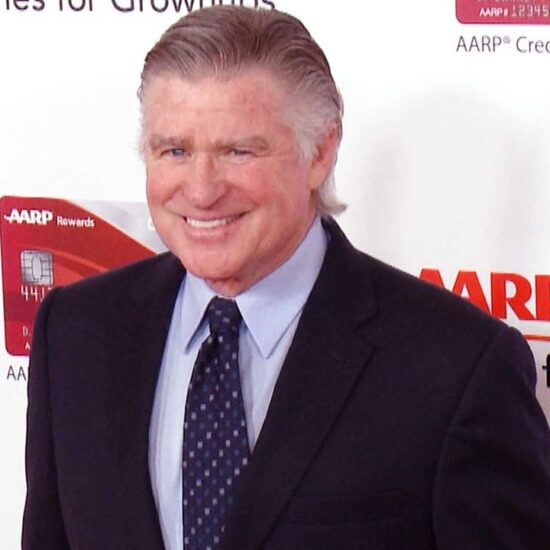
Can even the worst person find redemption? The simple answer is yes. Yet, complex is the way to get there. Such is the story of former Neo-Nazi Tony McAleer in Peter Hutchison’s documentary, The Cure for Hate: Bearing Witness to Auschwitz.
The Cure for Hate follows Tony McAleer on a journey to the Auschwitz Concentration Camps in Poland to confront his past. Tony was never involved in any way with the atrocities that occurred there, but the path his life was going down indicates that he could have clearly seen himself there in the worst way.
From the start, McAleer comes clean about his past. After growing up with abusive parents, McAleer found it easy to fall into a life of violence. After high school, he became a skinhead, Neo-Nazi, and Holocaust denier. As he moved up the ranks into leadership positions, he was challenged on the national level to confront his racist beliefs.
In these challenges, McAleer saw the errors of his way, leading to becoming a founding member of the anti-hate activist group Life After Hate and writing the book, The Cure for Hate: A Former White Supremacist’s Journey from Violent Extremism to Radical Compassion. The next step for McAleer was to travel to Auschwitz and face the reality of his beliefs and where they could lead when embraced to its extremes.
“…follows [Neo-Nazi] Tony McAleer on a journey to the Auschwitz Concentration Camps in Poland to confront his past.
The Cure for Hate: Bearing Witness to Auschwitz is divided into two parts. The first is Tony McAleer’s story. The documentary goes deep into his past and how he became an extreme white supremacist. He laments the paradox in his denial of the Holocaust and his wish that more Jews had died during Hitler’s final solution. McAleer speaks of his disconnection with the idea of feeling nothing upon hearing stories of genocide and how he could have easily been one of those leading Jews to their deaths without feeling a single pang of guilt.
The second part of the film is McAleer’s trip to Auschwitz. When asked by his guide, “Why are you here?” He says it’s a journey of reconciliation for what he did and said in his “previous life.” McAleer learns of the events that allowed the city of Kraków to transform as a haven for the Jewish people to become the largest concentration camp after the Nazi invasion of Poland. Again, McAleer is forced to confront the extremes of his racist ideology could lead him to.
Though The Cure for Hate: Bearing Witness to Auschwitz is one in a large library of Holocaust documentaries, this film is unique because it comes from the perspective of a former anti-semitic racist. McAleer comes to this journey a broken man, fully aware of the man he once was. His tone is contrite, humble, and full of remorse. Throughout the tour of both Auschwitz and Kraków, McAleer can see himself in every situation…and sadly, on the wrong side. I understand McAleer’s situation finds himself in, but over the 84-minute runtime, it can become a bit tedious. I found myself wondering if McAleer could find forgiveness…would anyone be willing to offer him forgiveness.
As a documentary, the value I find in The Cure for Hate: Bearing Witness to Auschwitz is McAleer’s unique perspective on the subject matter. There’s no denying here. McAleer sees firsthand what he disbelieved for so long. As the documentary points out, the number of Holocaust survivors is dwindling fast, and it’s documentaries like this one that must keep the memory of the horrors of genocide over ideology alive today, or dare we repeat the past.
For screening information, visit The Cure for Hate: Bearing Witness to Auschwitz official website.














